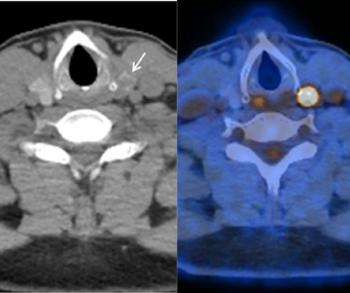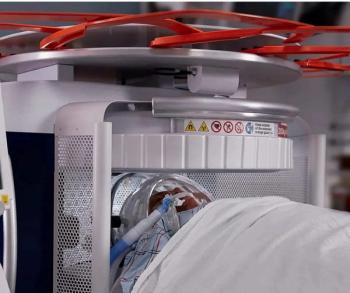
News|Slideshows|December 29, 2023
Diagnostic Imaging's Top Five Prostate Imaging Content of 2023
Author(s)Diagnostic Imaging Staff
Catch up on the most well-viewed prostate imaging content from 2023.
Advertisement
As we come to the end of 2023, we take a look back at the most well-read prostate imaging content with topics ranging from emerging PSMA PET radiotracers to prostate artery embolization for men with an enlarged prostate. Review the slideshow below to see highlighted prostate imaging content from the past year.
Newsletter
Stay at the forefront of radiology with the Diagnostic Imaging newsletter, delivering the latest news, clinical insights, and imaging advancements for today’s radiologists.
Advertisement
Advertisement
Advertisement
Trending on Diagnostic Imaging
1
FDA Clears MRI DWI Sequence for Enhanced Stroke Detection
2
Emerging Insights and Perspectives on Remote MRI Safety: An Interview with Emanuel Kanal, MD
3
You Can’t Give Me Your Unhappiness: A Mantra for Radiologists in Addressing Negativity in Health Care
4
Can PET/CT Bolster Malignancy Detection with Thyroid Incidentalomas?
5




























